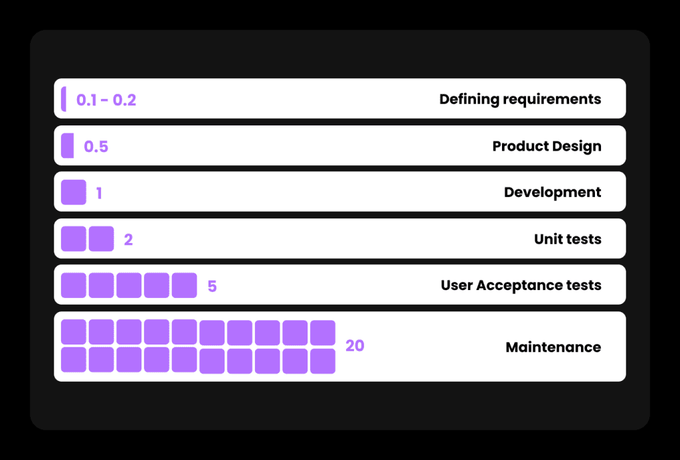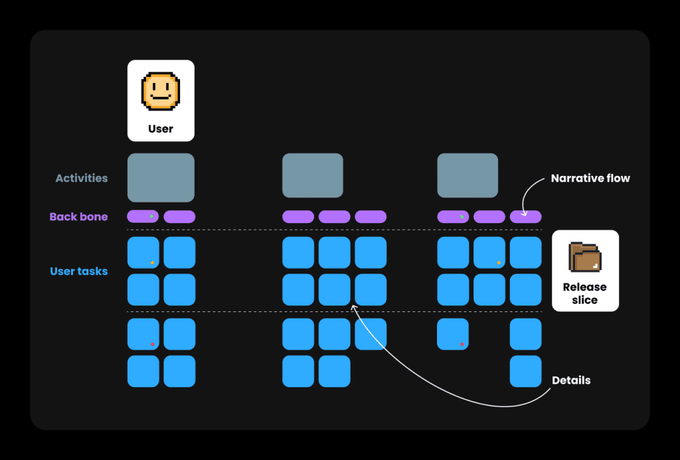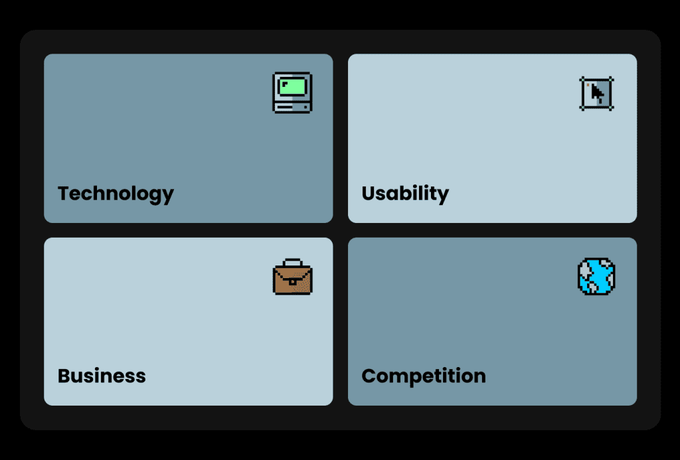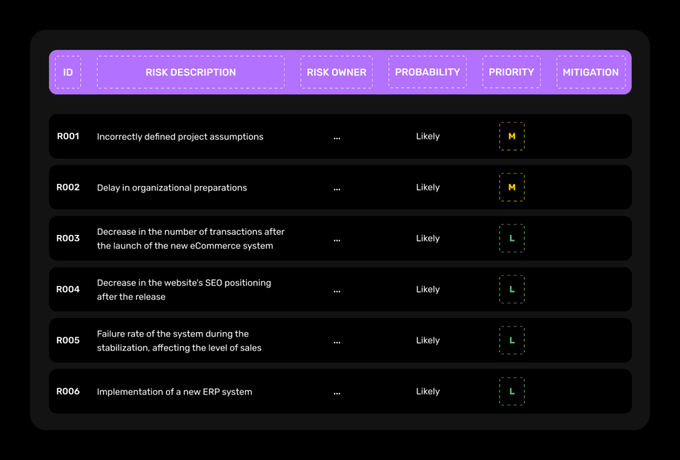Scoping session
and its value
Publication date: 23.11.2022
Last updated: 22.09.2023

Intro
About 30% of IT projects fail due to poorly defined requirements to start with (read more here). It is absolutely crucial to set them right in order to facilitate the optimal selection of technology and designing methods for the digital product. A careless approach at this stage of design planning can consume a lot of the project budget. The relative cost of implementing changes at the stage of defining requirements is incomparably lower than if the amendments were to be made at a later stage, i.e. when designing or programming (see the graphic below).

In order to lower the risk of potential issues and satisfy the users’ needs, it is worth using proven methods allowing for a clear definition of the system features and functionalities. The method that can provide a grounded base for an effective start is the Scoping Session workshop. What is it about? What value does it bring and what final product does it come with? Read on if you would like to know more.
What is Scoping workshop?
Scoping Session is a workshop that enables you to determine the scope and workload of the project team, and the budget required to deliver a fully functional digital product. It provides tools for a precise product backlog development, and thus setting the grounds for an effective project kick-off. In 300.codes the Scoping Session is strictly related to UX workshops and it always takes place at the end of the product discovery stage. This, in turn, allows the project team to narrow down the list of all functionalities’ ideas that originated during creative activities, such as the Value Proposition Canvas, which is part of the UX workshop.
How is the Scoping Session workshop going?
At 300.codes we are in favour of cooperation frameworks that prove most efficient (not standardized and out of the box). Hence, we adapt the workshop elements based on the specifics of a given project (more about the quality of our boutique software delivery here: The Software Boutique: what is it?). For more clarity and to shed some light on the workshop, below we describe the two most common tasks performed to support the goal of the Scoping Session.
User Story Mapping
User story mapping is a technique of creating a scope of requirements for a new digital product or a new functionality. Its main advantage is that it significantly facilitates and structures the process of defining requirements and setting priorities for development work. The mapping process involves placing the user’s tasks (stories), previously broken down into defined segments – roles (e.g. user or administrator), on the map. The map clearly shows how each individual story fits into the overall product; therefore, it is easy to spot possible gaps and define priorities. In addition, based on the map and given the perspective of various stakeholder groups, it is easy to answer what problem gets solved by your product.

Problem definition
Problem definition is an exercise primarily aimed at diagnosing issues that could be encountered by both product managers and users. Those issues can be divided into the following groups:
- Technology, e.g. the need to integrate with an ERP system that has not been maintained for many years, which can significantly complicate and extend the publication process
- Usability, e.g. complex sales requirements impeding the service’s functionality, in particular on mobile devices
- Business, e.g. limited availability of decision-makers involved at the product interface design stage
- Competition, e.g. high market saturation and wide competition - it is crucial for the product to provide a unique value
The results of the problem definition exercise can usually be very easily translated into a list of non-functional requirements and potential project risks. Having them diagnosed at the very start of the project facilitates the preparation of a well-considered architecture and structure of the digital product, as well as the choice of an effective risk mitigation method.

What are the deliverables and their value?
For the Scoping Session workshop to bring real value, it is crucial to develop appropriate deliverables summarising the lessons learnt from the workshop. As a company standard, we prepare a set of documents covering the elements presented below.
List of requirements
The list of requirements is the main output of the User Story Mapping exercise. It consists of both functional and non-functional requirements, i.e. those related to e.g. performance, security, availability or usability. The list is divided into appropriate sections (epics and user stories) which facilitate navigation and verification of the connections between certain system elements and their matching stories. A sample excerpt from the list of requirements is available below.
Project risks
Compiling a project risks register is an activity referring to one of our core software delivery values – proactivity, as it is absolutely central in the implementation of IT projects with multiple variables. Risks and their mitigation methods constitute an integral part of the Scoping Session workshops offered by 300.codes, since risk management is essential for smooth workflow and accuracy of a delivered product. If you decide to run the risk diagnosis with us, we will additionally prepare an initial proposal for their mitigation.

Cost estimation
Having a defined list of requirements, the implementation team is able to estimate the working days required to carry out all the works. Estimation is prepared based on specific sets of requirements (epics and user stories). This in turn enables the individual system components time and cost assessment. If the cost estimate is too high or the schedule is too long, it is possible to run versioning of the system, i.e. define the requirements to be implemented in the first publication and the ones that can be determined later.
Initial project schedule
The Scoping Session will introduce you to an approximate project schedule, based on the estimation of the entire team’s work. Remember that if you find yourself under time pressure, the schedule can be advanced – especially at the design stage (e.g. design studio or design sprint). The schedule itself is prepared in the form of a Gantt diagram, divided into individual areas (e.g. UX, UI, Analytics, Development) and sprints.
Conclusions
Conducting the Scoping Session workshop is a very good decision that will largely contribute to your project implementation success. In addition, it is the best way to verify the quality of services provided by the considered supplier, without taking a greater (aka costly) risk.
If you decide to establish your cooperation with 300.codes starting with a Scoping Session, rest assured we will not disappoint you but only continue to deliver best as we can. To support that, we can confirm that around 92% of our clients who ran the Scoping Session with us decided to use our implementation services as well.
If you plan to implement a digital product, feel free to contact us – we have experience in publishing over 50 digital products in 6 different countries.



